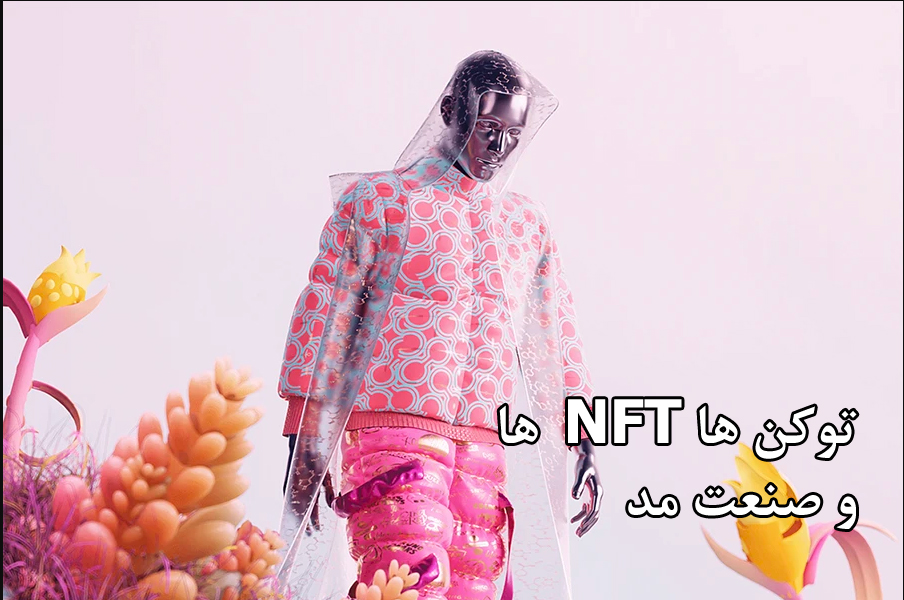
bonyadi magazine
Non-Fungible Tokens (NFTs) have significantly impacted the fashion industry, introducing new opportunities and challenges. Here’s a breakdown of how NFTs are influencing fashion
1. Digital Fashion and Virtual Collectibles
Virtual Garments: Designers and brands are creating digital-only fashion items that exist solely in the virtual world. Consumers can purchase these items as NFTs to dress their avatars in online spaces, such as video games and virtual reality platforms
Collectibles: Limited-edition digital collectibles, such as sneakers or accessories, are being sold as NFTs. These items are often unique or part of a small batch, adding to their desirability and exclusivity.
2. Authentication and Provenance
Counterfeit Prevention: NFTs provide a way to authenticate physical fashion items, ensuring their provenance and ownership history. This is particularly valuable for luxury brands combating counterfeiting.
Digital Certificates: High-end fashion brands are using NFTs as digital certificates of authenticity for physical products, providing buyers with proof of origin and ownership
3. New Revenue Streams
Direct Sales: Brands can sell digital fashion items directly to consumers, opening up new revenue streams. Digital fashion is often sold at prices comparable to, or even higher than, physical items.
Royalties: NFTs can be programmed to provide royalties to the original creator each time the NFT is resold, creating ongoing revenue opportunities for designers
4. Sustainability and Innovation
Reduced Waste: Digital fashion items do not require physical materials or production processes, potentially reducing environmental impact and waste
Innovation: The use of NFTs encourages innovation in design and marketing. Brands are exploring creative ways to engage with customers through digital experiences, such as virtual fashion shows and interactive digital garments
5. Community and Engagement
Fan Interaction: NFTs enable brands to build closer relationships with their customers by offering exclusive digital experiences, rewards, and memberships tied to NFT ownership
Collaborations: Collaborations between fashion brands and digital artists are becoming more common, creating unique NFT collections that blend fashion with digital art

Key Examples in the Industry
Gucci: Launched "Gucci Aria" NFT, which fetched $25,000 in an auction, demonstrating the market's willingness to invest in digital fashion
Rtfkt Studios: Known for its virtual sneakers and collaborations with artists and brands, leading the way in digital fashion collectibles
Dolce & Gabbana: Released an NFT collection that includes both digital and physical items, highlighting the potential for hybrid offerings
Challenges and Considerations
Market Volatility: The value of NFTs can be highly volatile, and the market is still developing, leading to potential risks for investors and brands
Environmental Concerns: While digital fashion reduces physical waste, the energy consumption associated with blockchain technology and NFTs remains a concern
Accessibility: The high prices of some NFTs can limit access for a broader audience, raising questions about inclusivity in digital fashion
In summary, NFTs are revolutionizing the fashion industry by creating new ways to buy, sell, and experience fashion. They offer opportunities for innovation, engagement, and sustainability, while also posing challenges that need to be addressed as the market evolves










